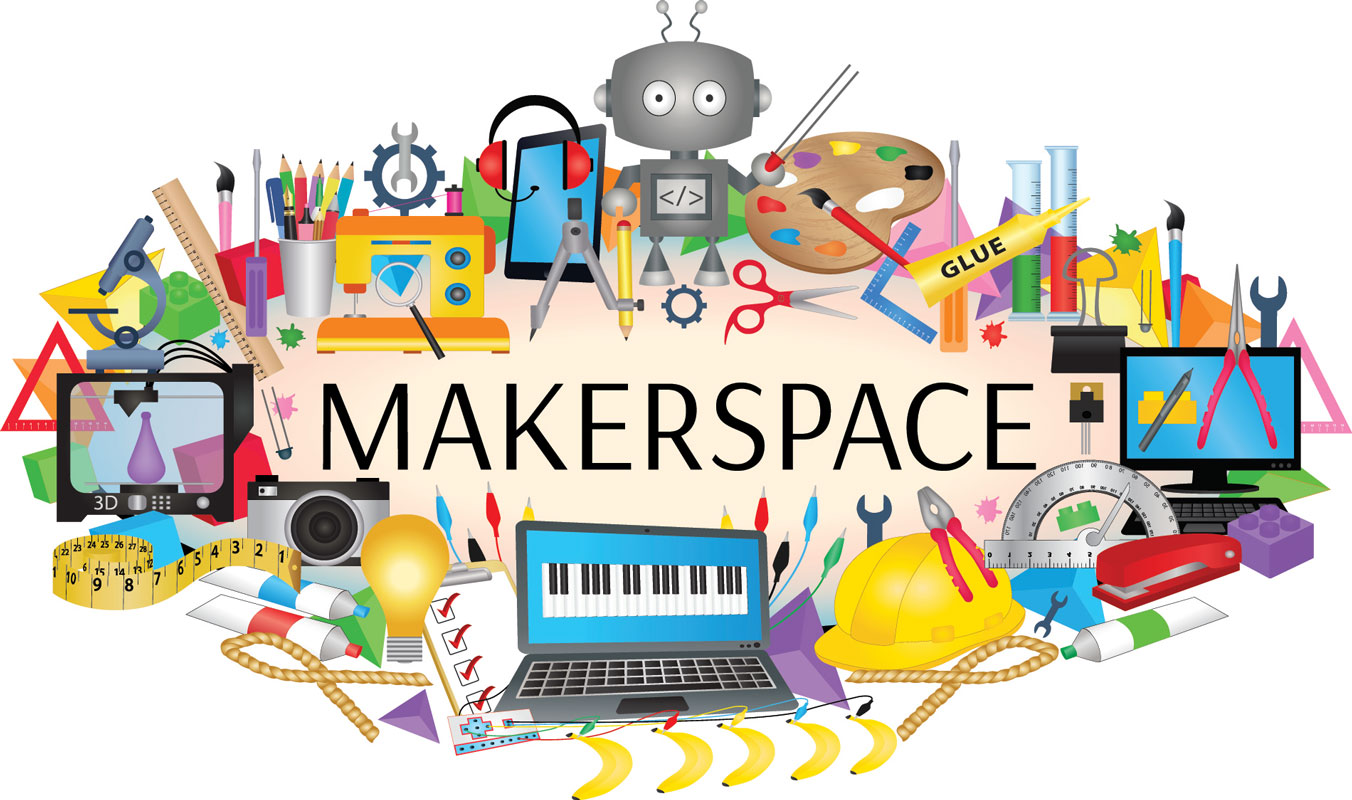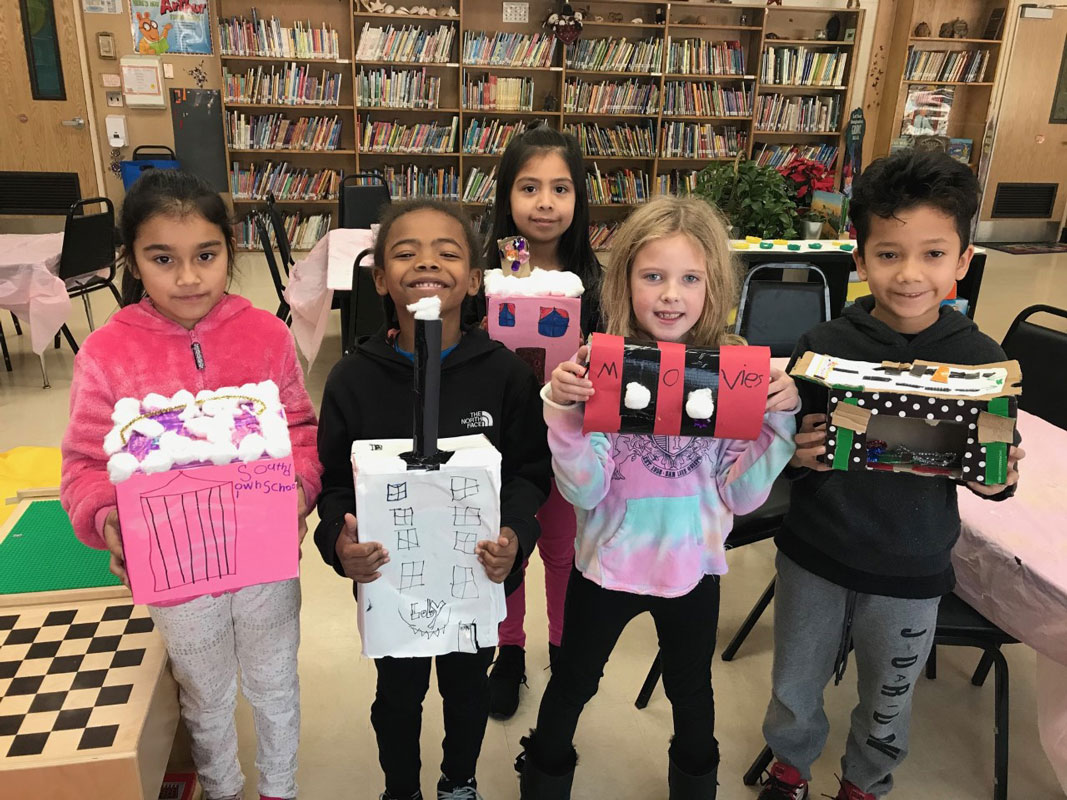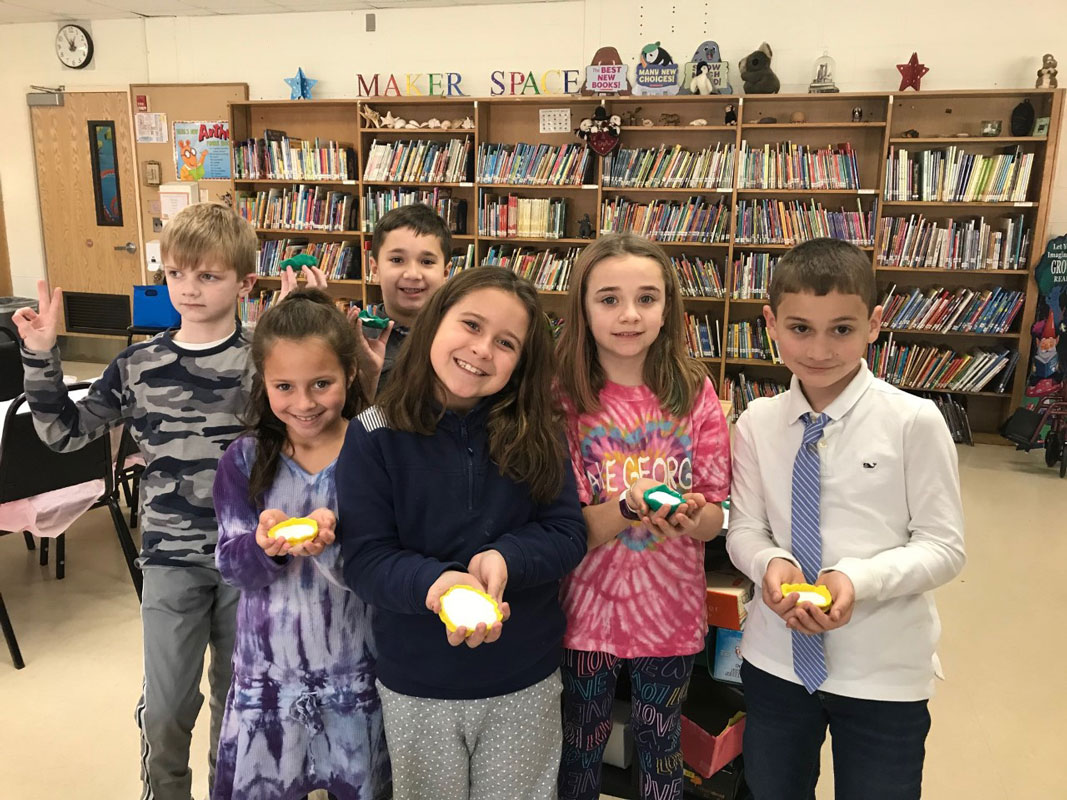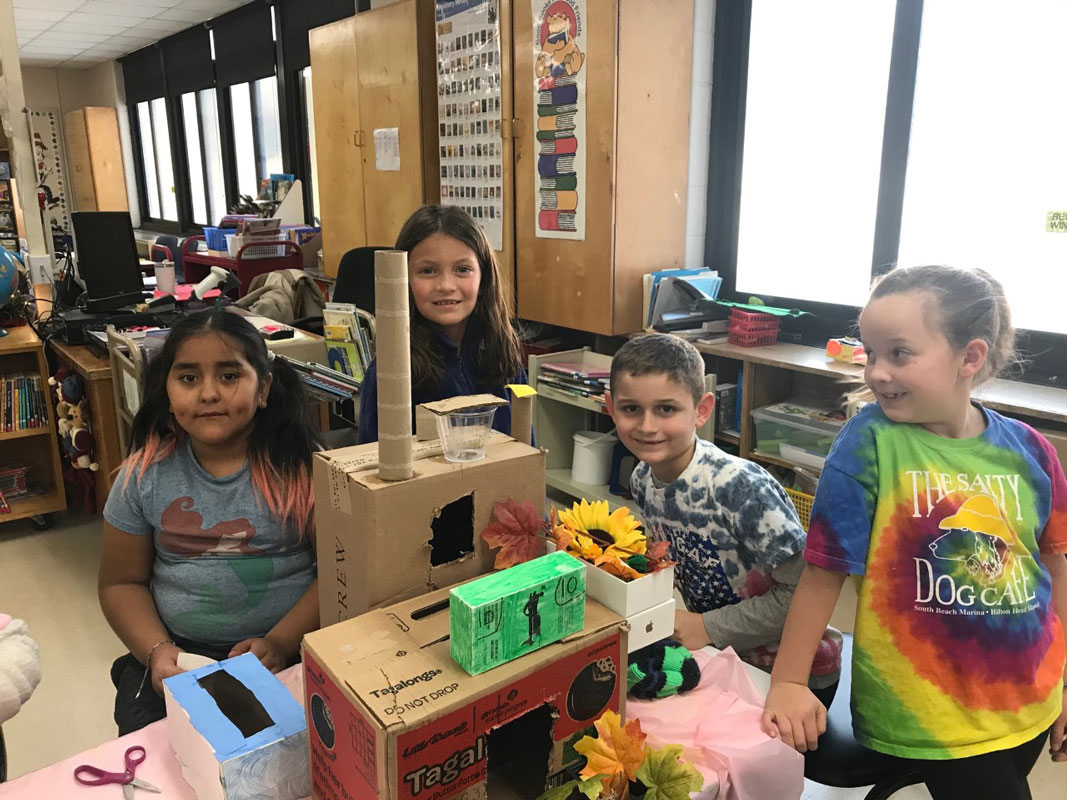Southdown Primary School’s “makerspace” in the building’s library is promoting a growth mindset among students in a variety of ways. Principal Scott Oshrin is a big fan and steadfast supporter of the initiative.
“In a growth mindset, people believe that their most basic abilities can be developed through dedication and hard work; brains and talent are just the starting point,” Stanford University Professor Carol Dweck said. “This view creates a love of learning and a resilience that is essential for great accomplishment.”
A makerspace is a collaborative work space. “Makerspaces provide hands-on, creative ways to encourage students to design, experiment, build and invent as they deeply engage in science, engineering and tinkering,” according to Edutopia.
Southdown’s makerspace is providing an opportunity for a co-teaching block of time where classroom teachers and librarian Cindy Tietjen are collaborating on a technology integration component that supports the school’s academic curriculum.
“This may include a computer lesson on databases, use of Clever to access programs, rotation of material stations, use of robots or simply doing a jigsaw puzzle,” Mrs. Tietjen said.
Southdown’s makerspace accomplishes many important objectives, including:
- It supports the science curriculum by providing a space for students to complete the culminating project at the end of the unit.
- First graders studied the different systems in the human body by researching on Pebblego and then completing their own body using pipe cleaners, balloons, clay, sponges, wikki stix, toothpicks and yarn.
- Second graders studied habitats and worked in teams to build their own animal and habitat.
- Third graders built beaks out of clothes pins, spoons, rubber bands and paper clips. “They learned how birds have a specific beak in order to access their food source,” Mrs. Tietjen said.
- The third graders studied fossils and constructed fossils using clay, plaster of paris and imprints of shells, dinosaurs, etc.
- It has been supporting the social studies curriculum in a variety of ways. For example, second graders studied communities; urban, suburban and rural. “Working in teams, they constructed buildings/communities out of boxes, duct tape, clay and whatever other materials they liked,” Mrs. Tietjen said.
Southdown’s makerspace has allowed students to explore puzzles, games, magnetic structures, marble run, Goobis, Legos, Little Bits (electric circuits), robotics (Dash and Dot), Lincoln Logs, coding applications using Bee Bots and “Code and Go Mouse Game,” and even Rubik’s Cubes.
“Dry Erase tables allow students to write the ‘code’ before implementing and map out their project,” Mrs. Tietjen said. “ENL learners practice ABC’s.”
Stations are set-up with a variety of learning activities. Students rotate through the stations, spending about 7-10 minutes at each while using an assortment of materials.
“We have added “Lego wall stations” where students can stand and build,” Mrs. Tietjen said. “Students have been overwhelmingly delighted with visits to our learning lab. The success in the Southdown makerspace/library has been made possible through the generous Huntington Foundation grant, Mr. Oshrin’s undying support and Assistant Superintendent Beth McCoy’s efforts to make our program meaningful and fun.”



